Pressure Washers: Power, Flow & Nozzle Angles Explained
A pressure washer can restore patios, vehicles, and fences to near-new condition — if you understand the balance between power and flow. Too little and grime stays; too much and you etch paint or gouge wood. Here’s how to choose wisely, read the specs, and match nozzles to tasks for cleaner results and longer tool life.
1) Understanding what “power” really means
Pressure is measured in bar (metric) or PSI (imperial), indicating how forcefully water exits the nozzle. Flow rate, measured in litres per hour (L/h), tells you how much water moves per minute. Think of pressure as the scrubbing strength and flow as the rinsing capacity. A balanced machine cleans more effectively than one with extreme pressure but low flow.
- 100–120 bar: light jobs like bikes, garden tools, and furniture.
- 130–150 bar: patios, cars, medium driveways — most home use.
- 160–200+ bar: heavy concrete, machinery, or multi-car washing.
2) Nozzles: where the science meets control
Each nozzle changes how water strikes the surface. The smaller the angle, the higher the impact force — and the higher the risk of damage. Learn what each colour code means and when to use it.
| Nozzle | Angle | Best for | Risk level |
|---|---|---|---|
| Turbo / Rotary | 0° in rotation | Concrete, brick, heavy moss | High — avoid on paint/softwood |
| Yellow | 15° | Hard stains, metal, stone | Medium–high |
| Green | 25° | Decking, fences, outdoor furniture | Medium |
| White | 40° | Cars, windows, general rinsing | Low |
| Black | Soap | Foam or detergent application | Low |
Start wide (40°) and test. Gradually move narrower until you find the sweet spot. This protects coatings and reduces splatter back toward you or delicate edges.
3) Corded, cordless, or petrol: which suits your space?
- Corded electric: Ideal for driveways near outlets. Consistent pressure, low running cost.
- Cordless (battery): Quick balcony or garden cleaning. Lightweight, low noise, shorter runtime.
- Petrol: Large areas, farmyards, workshop use. Highest flow, no cord limits, but noisy.
Cordless units now reach 25–40 bar equivalents — enough for bikes or outdoor furniture. Petrol washers dominate for heavy soils or commercial use, but remember to check noise limits in residential zones.
4) Detergents, attachments & maintenance
- Use foam cannons for even soap distribution and reduced swirl marks on vehicles.
- Surface cleaners make large patios faster to wash and prevent “striping.”
- Rotating brushes lift algae gently from decking without gouging fibers.
- Flush the pump after each use, especially if using detergent or hard water.
5) Pressure vs. material tolerance
| Material | Recommended Pressure | Notes |
|---|---|---|
| Car paint | 70–100 bar | Keep nozzle 40+ cm away; use 40° fan tip |
| Wood decking | 90–120 bar | Use 25–40°; test small area first |
| Concrete slabs | 130–180 bar | Turbo or 15° nozzle; steady motion |
| Garden tools | 80–100 bar | Quick clean, avoid bearing zones |
6) Storage and winter care
Drain hoses and pumps completely before freezing weather. Store the washer upright to prevent water pooling in seals. Lightly oil metal fittings and quick couplings, and avoid kinking hoses during storage.
7) Common mistakes that shorten lifespan
- Running the pump dry — always squeeze trigger before switching on to prime.
- Using tap water with sand or grit; add inline filter if unsure.
- Leaving detergent in lines after washing — always rinse through clean water.
8) When to upgrade
If cleaning takes more than twice as long as before, check nozzle wear first. If water pulses, seals or valves may be tired — often cheaper to replace the unit than rebuild. Upgrading to a higher flow rate pays off if you maintain multiple outdoor areas.

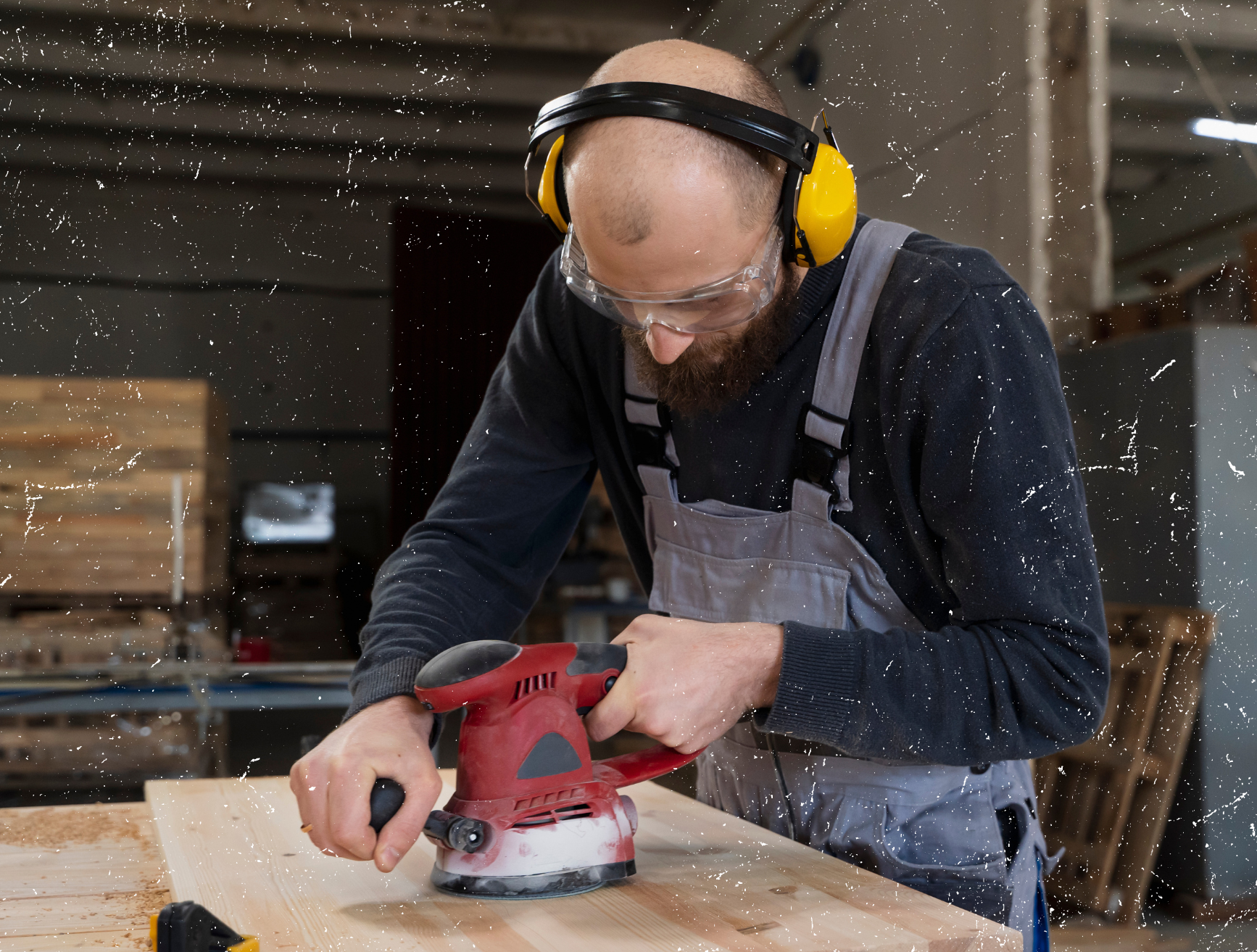

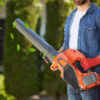
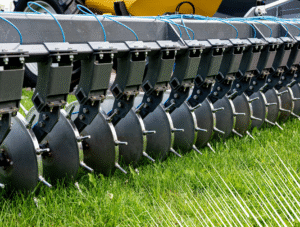
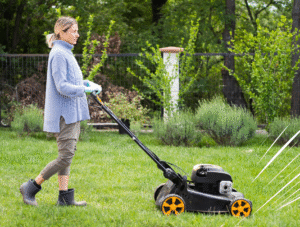
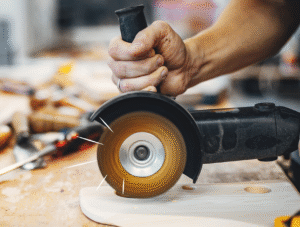
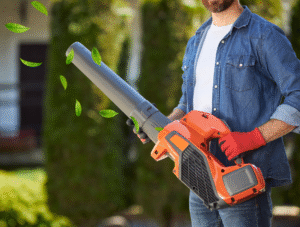
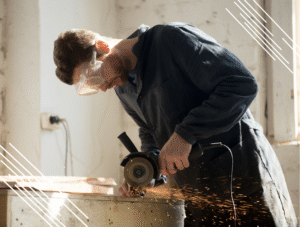
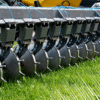

Add comment